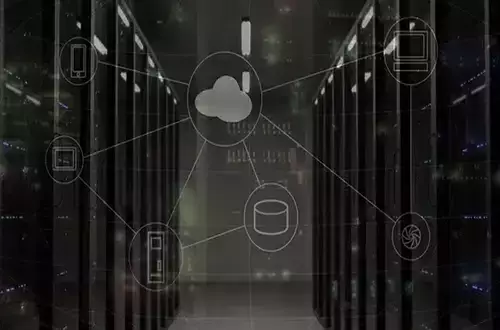Every computer service - servers, storage, databases, networking, software, analytics - that is deliverable over the internet (cloud) are part of cloud computing services.
There are thousands of companies offering cloud services; these companies are called cloud providers and charges according to the usage, similar to how we pay electric bills.
So what is cloud computing?
If you are reading this online, then you may not have realized it, but you are using cloud services right now.
Any program that needs to run a certain application is now located on a remote machine, owned by another company. Computers that run these applications, store the data, and use a server system, are what we call “the cloud”.
If you send email, edit documents, watch movies, listen to music, play games or store pictures and other files on the internet, it is cloud computing that is making it all possible. The first time cloud computing came existence was barely a decade ago.
But today from startups to global corporations, government agencies to non-profits, everyone has started to embrace cloud services for various reasons.
Here are few of the uses for which cloud computing is required:
- Data storage, backup, and recovery
- Creating new applications and bringing services to the masses
- Hosting websites and blog content
- Audio and video streaming
- Data analysis and predicting future trends
- Creating software on demand
Types of cloud computing
Cloud computing can be classified by either of two ways, based on the cloud location, or on the cloud service that is offered.
Based on cloud deployment location
There are three different ways cloud computing resources can be deployed:
Public Cloud
In this type of cloud resource deployment, the whole computing infrastructure is located on the premises of a cloud computing company offering cloud service. These third-party cloud service providers deliver computing resources like servers and storage over the Internet. Through the public cloud, all the software, hardware and other cloud infrastructure are owned and managed by the cloud service provider.
Private Cloud
In this type, services are hosted using a cloud infrastructure (network) solely by one organization. The cloud is externally hosted and not shared with anyone else. Companies have an option of choosing on-premise private cloud. Though this is expensive, companies have physical control over the infrastructure.
Hybrid Cloud
It combines public and private cloud deployment that allows data and applications to be mutually shared between them. By allowing data sharing between the two clouds, hybrid cloud gives businesses greater flexibility and more deployment options.
Based on Cloud services provided
Cloud computing as-a-service falls into three broad categories.
Infrastructure-as-a-service (IaaS)
Most common cloud services offer data storage disks and virtual servers (infrastructure.) IaaS provides storage space for corporate data backups, network bandwidth for website server. It also enables access to high power computing, previously only accessible to those with access to supercomputers. With IaaS, cloud service providers let you rent IT infrastructures such as servers and virtual machines (VMs), storage, networks, operating systems.
Platform as a service (PaaS)
It includes cloud computing services that provide as-per-demand an environment for developing, testing, delivering and managing software applications. PaaS is created for developers to create web or mobile apps, while not worrying about setting up or managing the servers, storage, network and databases needed for development.
Software as a service (SaaS)
Referred as on-demand-software, SaaS is a method for delivering software applications over the Internet, typically on a pay-per-use basis. With the help of SaaS, cloud providers host and manage software applications. They can handle the underlying infrastructure and any maintenance to be done like software upgrades and security patching.
Benefits of Cloud Computing
Businesses have taken a major shift from traditional way they used to think about incorporating IT solutions. They have come to understand the benefits of cloud computing.
Cost-effective
It eliminates the need of expenses on buying hardware and setting up, running on-site racks of servers round-the-clock. The need of IT experts for managing the infrastructure is excluded, and hence the cost is reduced.
Speed
With cloud computing provided as an on-demand service, vast amounts of resources can be procured, typically with just a few clicks. This gives businesses a lot of flexibility.
Productivity
Cloud computing removes the need of “racking and stacking”—hardware setup, software patching, and other time-consuming IT management chores.
Performance
They run on secure datacenters, which are regularly upgraded to the latest and efficient computing hardware. The benefits include reduced network latency for applications and greater scalable economies, over a single corporate datacenter.
Cloud computing services work differently with different providers. Many of them provide a secure, browser-based dashboard making it easier for IT professionals and developers to order resources and manage their accounts.
Cloud computing has transformed the way IT departments are used to manage and deploy infrastructure. From SaaS, PaaS, or IaaS, there is always an availability of suitable cloud service to fulfill virtually any IT need imaginable by modern businesses.


